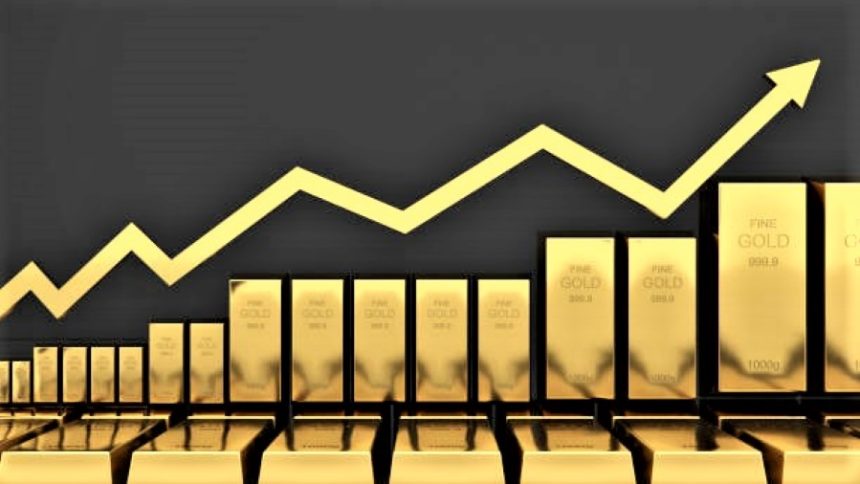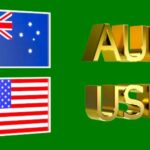Gold Rises Cautiously to $3,255 in Early European Trading
Gold (XAUUSD) rebounded modestly in Tuesday’s early European session, trading around $3,255, as traders positioned themselves cautiously ahead of the much-anticipated US Consumer Price Index (CPI) report for April. The yellow metal, which had experienced mild pressure in prior sessions, found temporary support amid growing uncertainty over Federal Reserve rate cut timing and a temporary thaw in US-China trade relations. Market participants remain on edge, closely watching for clues from the CPI data that could define the US central bank’s policy path, especially after weeks of mixed macroeconomic signals.
US-China Tariff Truce Takes Center Stage
One of the primary catalysts influencing gold’s movement is the announcement that the United States and China have agreed to lower tariffs on each other’s goods for 90 days. The temporary truce, intended to de-escalate an ongoing trade war, has improved global risk sentiment, thereby reducing demand for safe-haven assets like gold. The details of the agreement are telling: the US will cut tariffs on Chinese imports from 145% to 30%, while China will reduce duties on US imports from 125% to 10%. Additionally, “de minimis” tariffs on small China-bound shipments will be cut from 120% to 54%, with a $100 flat fee retained.
This de-escalation is expected to alleviate inflationary pressures on both economies, potentially lowering import costs and easing supply chain constraints. However, analysts caution that the temporary nature of the deal means uncertainty still lingers, keeping gold traders alert.
UBS Analyst Warns of Reduced Safe-Haven Demand
Giovanni Staunovo, a commodities analyst at UBS and a prominent voice in the bullion market, commented that the reduction in geopolitical tensions between the world’s two largest economies is weighing on the appeal of gold. “The de-escalation of tensions between China and the US is reducing the demand for safe haven assets like gold,” he noted in a statement to Reuters. While this could dampen gold’s rally in the short term, the broader macroeconomic landscape still holds potential bullish drivers.
US CPI Report in Focus: Market Expects Mixed Inflation Signals
The next major trigger for gold traders is the US April CPI data, scheduled for release later on Tuesday. Forecasts suggest headline inflation will rise by 2.4% year-on-year, while core inflation—which strips out volatile food and energy prices—is projected to come in at 2.8% YoY. These figures will be critical in shaping investor expectations around the Federal Reserve’s interest rate outlook.
If the CPI numbers show stickier-than-expected inflation, markets may pare back bets on near-term rate cuts, potentially pressuring non-yielding assets like gold. On the flip side, a softer reading could revive speculation of an earlier pivot by the Fed, lifting gold prices further.
Rate Cut Bets Shift as Markets Rethink the Fed’s Strategy
Market pricing has become more cautious in recent weeks. Swap contracts now imply that the first 25 basis point rate cut from the Fed is likely in September, compared to earlier bets on a July move. Traders now anticipate two additional cuts by year-end, down from three previously projected. This shift follows mixed signals from recent US economic data, including resilient labor market figures and uneven consumer spending patterns.
Higher interest rates tend to dampen gold’s appeal since the metal offers no yield. Therefore, the Fed’s delay in initiating rate cuts could limit the upside for gold unless offset by geopolitical shocks or a deteriorating macro backdrop.
Geopolitical Flashpoints Could Still Revive Safe-Haven Demand
Despite the US-China tariff relief, geopolitical tensions remain elevated elsewhere, which could lend renewed support to gold. Indian Prime Minister Narendra Modi warned on Monday that military operations against Pakistan remain “in abeyance” and could resume depending on future provocations. Meanwhile, Ukrainian President Volodymyr Zelensky expressed readiness to meet Russian President Vladimir Putin later this week, following pressure from Donald Trump to accept a Turkish-brokered peace offer.
Any sign of escalation in either South Asia or Eastern Europe would likely trigger safe-haven flows, benefiting the gold market. These events serve as a reminder that geopolitical risks can re-emerge abruptly, potentially reigniting demand for defensive assets.
Technical Setup: Gold Holds Above Key 100-Day EMA
From a technical standpoint, gold retains a constructive outlook on the daily timeframe. The price remains above the 100-day Exponential Moving Average (EMA), which signals sustained bullish momentum despite intermittent corrections. However, the 14-day Relative Strength Index (RSI) is hovering just below the 50 midline, indicating a lack of strong directional bias in the short term.
Upside Targets to Watch
On the upside, initial resistance is seen at $3,347, the high from May 9. A clear break above this level could open the door to the upper Bollinger Band near $3,432. A sustained rally beyond that would bring the all-time high of $3,500 back into focus, a level that may attract profit-taking unless backed by fresh catalysts.
Downside Support Levels
In the event of renewed selling pressure, the psychological level at $3,200 offers initial support. Below that, a more meaningful floor is located at $3,142, which coincides with the April 2 swing high. A breach below this level could expose gold to deeper losses toward the $3,100 area.
ETF Flows and Central Bank Demand Remain Under Watch
Beyond short-term news, medium-term support for gold may continue to come from central bank buying and ETF inflows, which have proven resilient even during periods of rising interest rates. Central banks, particularly from emerging markets, have been diversifying reserves away from the US dollar and into gold amid concerns about currency volatility and sanctions risk.
Outlook: Gold Balancing Between Data and Diplomacy
In summary, the gold market finds itself at a critical juncture. The temporary US-China trade truce has dampened immediate safe-haven flows, but looming inflation data and persistent geopolitical uncertainties could quickly reverse sentiment. With the Fed’s next moves closely tied to economic indicators, gold is likely to remain sensitive to both macro and political developments.
If inflation surprises to the upside or geopolitical flashpoints flare up again, gold may resume its climb toward record highs. However, in a calmer global setting and with stabilizing price pressures, further consolidation or even a short-term pullback cannot be ruled out.
[faq-schema id=”39568″]









